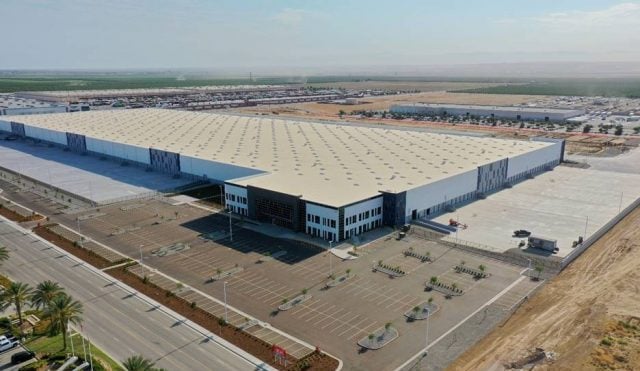SAN DIEGO—Industrial landlords could raise rents in San Diego to the extent that tenants will explore options other than extending at fair market value, which could bring in a new wave of industrial tenants to Central San Diego especially, Lee & Associates associate Jordan Phillips tells GlobeSt.com. We spoke exclusively with Phillips about this phenomenon and where he believes it's heading.
GlobeSt.com: What shifts have you noticed in industrial tenant activity over the last five years?
Phillips: Since 2011, industrial vacancy rates in central San Diego have steadily declined, leaving many tenants faced with long searches for their ideal properties and, in some cases, forced to set up shop in different locations within San Diego County. This time-intensive search process has forced many businesses to incur delay costs in their operations and alter their capital budgeting. Fortunately for prospective tenants, current tenants are about to face a potential problem, which could open up new available space and increase leasing opportunities.
Phillips: Average asking rents have risen from $0.75 per square foot triple-net per month in 2011 to $0.97 per square foot triple-net per month in 2016. This extreme rise in rental rates can, and almost certainly will, have a major effect on existing tenants who signed leases within 2011 and 2012. But why is this?
Many tenants who signed leases during this time, negotiated rental rates which were relatively low compared to current rental rates. These tenants are now approaching the shock of lease renewals in line with current market rates.
Back in the early part of the decade, landlords were very aware that they were leasing out their space at an inopportune time, rent wise. However, since vacancy rates were so high, they were forced to deal out long-term deals with which they might not have been comfortable. In order to protect themselves in future lease negotiations, many landlords put into their leases a fair-market-value option to extend. Herein this option lies the problem for current tenants.
GlobeSt.com: Can you give us an example of how this fair-market-value option to extend works against current tenants?
Phillips: Say tenant A leases out an average 1,000-square-foot space on a five-year term starting September 1, 2011, that is set to expire August 31, 2016, at a starting rental rate of $0.75 per square foot triple-net. Let's assume that they have standard 3% annual increases built into their lease. By year five, they would be paying $0.84 per square foot triple-net and would expect to pay $0.87 per square foot triple net, if the 3% increase followed into year one of their new lease.
Unfortunately for this tenant, assuming they exercised their option to extend at fair market value, their landlord would have the right to start their new lease rate at $0.97 per square foot triple-net (the current FMV for the average industrial space in Central San Diego), as opposed to $0.87 per square foot triple net. While $0.10 per square foot might not seem like much to the 1,000-square-foot users, it might have significant repercussions for tenants occupying larger space.
Want to continue reading?
Become a Free ALM Digital Reader.
Once you are an ALM Digital Member, you’ll receive:
- Breaking commercial real estate news and analysis, on-site and via our newsletters and custom alerts
- Educational webcasts, white papers, and ebooks from industry thought leaders
- Critical coverage of the property casualty insurance and financial advisory markets on our other ALM sites, PropertyCasualty360 and ThinkAdvisor
Already have an account? Sign In Now
*May exclude premium content© 2024 ALM Global, LLC, All Rights Reserved. Request academic re-use from www.copyright.com. All other uses, submit a request to [email protected]. For more information visit Asset & Logo Licensing.











